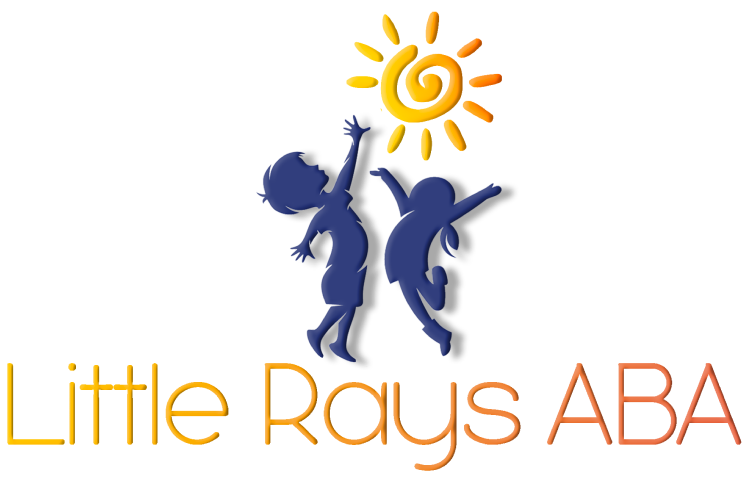If your child is in ABA therapy, you’ve probably heard about data collection. But what does it really mean, and why is it such a big deal?
In simple terms, data collection helps therapists track behaviors, monitor progress, and figure out what’s working (or what’s not). It’s what allows them to adjust strategies so therapy is as effective as possible for your child.
But data collection isn’t just useful for therapists—it’s just as valuable for parents. By being involved, you can start seeing patterns in your child’s behavior, understand what triggers certain responses, and feel more connected to the whole therapy process.
Plus, having real data makes it easier to spot improvements and make informed decisions about next steps.
How Data Collection in ABA Helps You as a Parent
Being part of the data collection process has real benefits—not just for your child, but for you, too.
It Gives You a Better Understanding of Your Child’s Behavior
Tracking data helps you notice patterns you might not have seen before. You start recognizing what situations lead to certain behaviors and what strategies seem to help.
It Improves Communication with Your Child’s Therapist
When you share data with the therapist, you’re helping them see the full picture. They get insights into what’s happening at home, and you get a better understanding of what’s happening in therapy. This teamwork makes it easier to adjust approaches as needed.
It Helps You Feel More Confident in Managing Behavior at Home
When you have actual data to work with, you’re not just relying on guesses or feelings—you have real insights to guide your decisions. That means you can make informed choices and feel more in control of your child’s progress.
It Lets You Celebrate Progress—Big and Small
Some improvements are obvious, but others are more subtle. When you track data, you can see even the smallest steps forward, which helps you stay motivated and encouraged.
By actively participating in data collection, you’re not just observing your child’s progress—you’re part of the process, helping to shape their therapy in a meaningful way.
What are the 7 Core Dimensions of ABA?
The seven dimensions of ABA are the guiding principles behind how ABA works, and understanding them can help you make sense of why data collection is such a key part of therapy.
Each of these dimensions plays a role in shaping how ABA therapy is structured:
1. Applied
ABA focuses on behaviors that have real-life significance. That means the skills being taught should directly improve your child’s everyday life.
2. Behavioral
Therapy is based on observable and measurable behaviors. Instead of focusing on thoughts or emotions (which are harder to measure), ABA looks at what can be seen and tracked.
3. Analytic
Therapists rely on data to determine what’s working. They look at patterns and trends to see if certain interventions are actually making a difference.
4. Technological
ABA strategies are clearly defined and structured so they can be consistently applied by different people—whether it’s a therapist, teacher, or parent.
5. Conceptually Systematic
Everything in ABA is based on well-established principles of behavior. That means techniques are backed by research and aren’t just random trial and error.
6. Effective
ABA is results-driven, meaning interventions must lead to meaningful improvements in a child’s behavior and quality of life. If something isn’t working, adjustments are made.
7. Generality
The goal isn’t just to teach skills in one setting but to make sure those skills carry over into real-life situations, whether at home, school, or in social settings.
How Do These Dimensions Relate to Data Collection?
Data collection ties into every one of these principles. By tracking behaviors, therapists can measure progress (Behavioral, Analytic, Effective). They can refine strategies based on real data (Applied, Conceptually Systematic). They ensure that the interventions are consistent (Technological) and that skills transfer to different environments (Generality).
For parents, understanding these dimensions can help make sense of why ABA therapy works the way it does—and why data collection is such an important part of the process.
Conclusion
Data collection might seem like just another step in the ABA process, but it’s actually a powerful tool for both therapists and parents. It provides valuable insights, helps guide treatment decisions, and ensures that progress is being tracked effectively. More importantly, it allows you to actively participate in your child’s journey, strengthening your role in their development and success.
By understanding how data collection works and how it connects to the principles of ABA, you can feel more confident in supporting your child’s therapy—and celebrating every step forward along the way.
At Little Rays ABA, we know that every child’s progress is unique. That’s why we emphasize data-driven, personalized ABA therapy to ensure meaningful growth. Our team works closely with parents to track progress, adjust strategies, and celebrate every milestone.
If you’re looking for an ABA provider that values transparency, collaboration, and real results, we’re here to help. Contact us today to learn how we can support your child’s journey!
FAQs
Why is data collection important in ABA therapy?
Data collection is the foundation of ABA therapy. It helps therapists track progress, measure the effectiveness of interventions, and make adjustments as needed to support each child’s growth.
How can parents participate in ABA therapy data collection?
Parents can assist by tracking behaviors at home, noting patterns, and sharing this information with therapists. This collaboration ensures therapy strategies align across different settings.
What types of data are collected in ABA therapy?
Therapists collect various types of data, including frequency of behaviors, duration, intensity, and response to interventions. These insights guide individualized treatment plans.
Sources:
- https://www.motivity.net/blog/aba-data-collection-methods-types-and-examples
- https://abaspeech.org/2019/06/data-collection-strategies/
- https://online.regiscollege.edu/blog/helping-people-make-changes-applied-behavior-analysis-examples-in-action/
- https://www.appliedbehavioranalysisedu.org/2021/11/aba-in-classroom/
- https://my.clevelandclinic.org/health/treatments/25197-applied-behavior-analysis
Unlock Your Child's Potential with Expert ABA Therapy!
At Little Rays ABA, we provide compassionate, evidence-based ABA therapy to help children with autism thrive. Our personalized approach fosters growth in communication, social skills, and independence.
Get In Touch With Us Today to Get Started With ABA Therapy!
Related Posts
MENU
GET IN TOUCH
7117 San Salvador Dr Boca Raton, FL 33433
3200 Collins Ave Miami Beach, FL 33140





